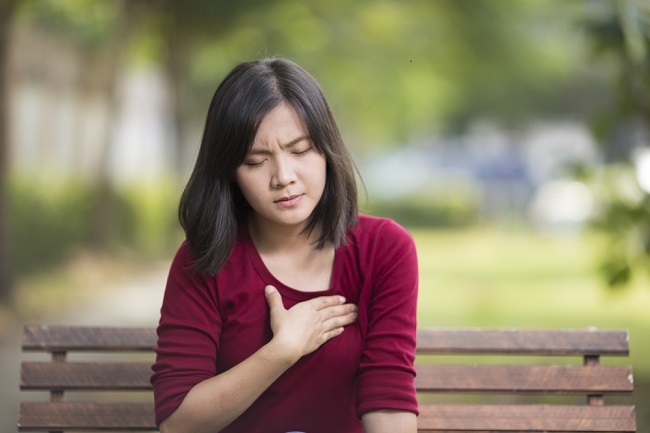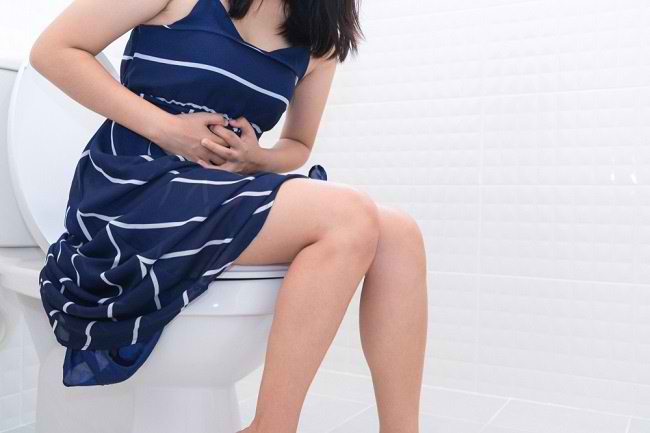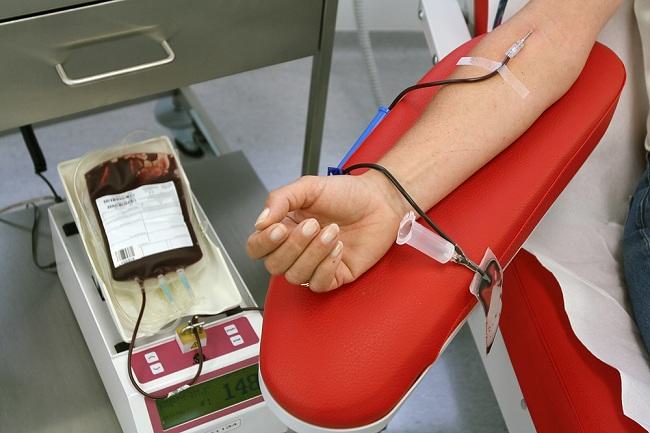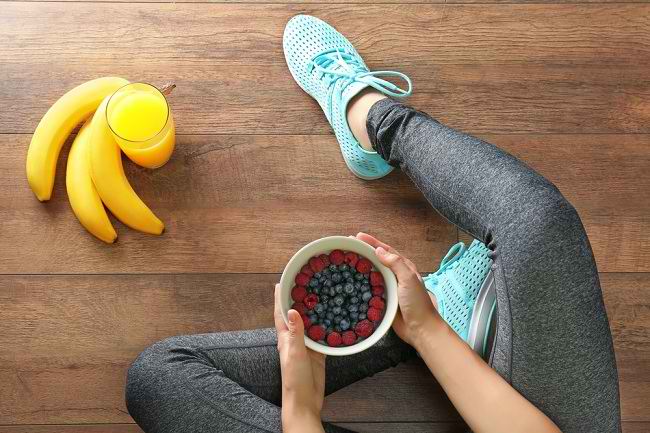Some people think that they are simply not the right type to practice yoga for various reasons, such as not being flexible or not being patient enough. This is allegedly because not many people know how to do yoga right for beginners.
Actually yoga can be done for all ages with any body character. Apart from building strength and flexibility, this exercise is also great for stress relief.

Various Yoga Techniques for Beginners
Here are some basic postures or yoga ways that can be done for beginners.
- g attitudeunung (Tadasana)
Stand with your big toes touching, but heels apart. Both hands by the side of the body. Pull your shoulders down while keeping them from falling back and widen your collarbones. Head straight with back straight. Hold this position for at least half a minute to a minute. If applied regularly, this position is beneficial for improving posture.
- Downward facing (Adho Mukha Svanasana)
Position yourself with your hands and knees touching the floor. Then lift your buttocks and knees away from the floor, but keep your palms and feet flat on the floor. Take a breath and open your feet with your legs straight. Keep your back and arms straight as well with your head between your hands. Hold for 1-3 minutes. This position is useful for training the back, upper body, chest, arms, and legs.
- Plank (Utihita Chaturangga Dandasana)
From the previous position, lower the upper body until the body is in a position resembling a push-ups. Your palms are directly under your shoulders with your elbows straight. Face facing down. This position will help shape your arms, wrists, and abdominal muscles to become stronger. Hold this posture for up to one minute at most.
- Ksatria one (Virabhadrasana I)
From a mountain position, you can extend your right leg away from your left. Position the body and legs oblique to the right, then raise both hands up with the arms on the right and left ears in a straight line. Palms clasped together. Bend your right leg until your knee is slightly in front of your ankle. Slowly expand your chest until your back arches back, but keep your head straight. Hold for 30-60 seconds. Switch to the other side of the body. This position is useful for training balance and lower body muscles.
- Knight two (Virabhadrasana II)
By taking the same position of the legs and body as the first knight, look to the right / left according to the direction of the body position and spread both arms. Eyes to fingers. Hold for a minimum of 30 seconds and a maximum of up to 60 seconds.
- Tree (Vriksasana)
From a mountain position, you can also raise your right leg by placing the sole of your right foot on the inside of your left thigh. Place your palms together and place them in front of your chest. Hold this position for about 30-60 seconds. After that, do the same movement with the other leg.
- Position awant (Child pose/Reply)
Sit cross-legged on the floor with your toes together behind your back and thighs parallel. The knees are apart. Buttocks are on top of both heels. Bend your upper body forward, until your stomach meets your thighs and your forehead meets the mat/floor. Place both hands on the right and left sides of the body behind, beside the pelvis, with palms open. Hold this position for 30 seconds to 3 minutes to stretch your neck, pelvis, and lower back muscles.
- Position Corpse (Savasana)
This position is usually done at the end of a yoga practice. The savasana position is done by lying relaxed with your feet apart and your palms facing up. This position helps your body and mind relax, making it easier to get rid of stress. This position is considered an important meditation at the end of the practice.
In practicing the yoga ways above, don't push yourself, especially if you feel pain when doing certain poses. A beginner is advised to train with an instructor. Don't forget to get yourself checked out and let your trainer know if you have any problems with certain limbs, such as joint pain or pinched nerves.
There are many types of yoga that you can try according to your needs. If you want to shape your body and maintain fitness, you can choose power yoga, Bikram yoga, and yoga Ashtanga. Meanwhile, to help treat certain medical conditions, you can use: Iyengar yoga, Kripalu yoga, or Viniyoga. However, be sure to consult a doctor first if you have health problems.









